This post may contain affiliate links. Please see my disclosure policy for details.
Wabi Sabi Pottery: Embracing Earthy Elegance in Your Home
Ever feel like your home decor is just a bit too… perfect?
I get it.
We’re bombarded with images of flawless interiors that look like no one actually lives in them.
But what if I told you there’s a way to bring some soul into your space?
Enter wabi sabi pottery – the antidote to cookie-cutter decor.
This isn’t your grandma’s china cabinet stuff, folks.
Wabi sabi is all about embracing the beauty in imperfection.
It’s pottery that tells a story, with every crack and uneven edge.
Think of it as the rebel of the ceramics world – it breaks all the rules, and looks damn good doing it.
So, let’s dive into this earthy, elegant world of perfectly imperfect pottery.
What exactly is wabi sabi pottery?
Picture this: you’re holding a mug.
It’s not perfectly round.
The glaze is a bit uneven.
You can see the potter’s fingerprints.
That, my friends, is wabi sabi in a nutshell.
It’s pottery that celebrates the marks of its making, the passage of time, and the raw beauty of natural materials.
Wabi sabi has its roots in Japanese philosophy, but don’t worry – you don’t need to be a Zen master to appreciate it.
The key characteristics of wabi sabi pottery:
- Organic forms: Forget perfect symmetry. These pieces embrace wonky shapes and visible handcrafting.
- Earthy tones: Think muted colors like bone white, warm clay, and soot black. No neon here!
- Textural depth: Rough, unpolished surfaces you can’t help but touch.
- Natural imperfections: Cracks, uneven glazing, and firing marks are features, not bugs.
- Connection with nature: Materials and techniques that reflect the earth itself.
Why should you care about wabi sabi pottery?
Let’s be real – life isn’t perfect, so why should our homes be?
Wabi sabi pottery brings a sense of authenticity and calm to your space.
It’s like a little rebellion against mass-produced perfection.
Plus, it’s incredibly versatile.
These pieces can work in sleek modern interiors or cozy rustic spaces.
How to incorporate wabi sabi pottery into your home:
- Start small: A single wabi sabi mug or bowl can be a conversation starter.
- Create contrast: Pair rough wabi sabi pieces with smooth, modern elements for visual interest.
- Group similar items: Arrange a collection of wabi sabi vases or plates for impact.
- Use as accents: Let wabi sabi pottery be the “jewelry” in your room – eye-catching but not overwhelming.
- Embrace imperfection elsewhere: Let the wabi sabi philosophy inspire you to celebrate worn wood, weathered metal, or lived-in textiles.
Where to find wabi sabi pottery:
- Local ceramicists and pottery studios
- Artisan markets and craft fairs
- Online marketplaces like Etsy
- Specialty home decor stores
Pro tip: When shopping, look for pieces that speak to you.
Wabi sabi is all about personal connection, not following trends.
Caring for your wabi sabi pottery:
Good news – these pieces are pretty low-maintenance!
- Hand wash gently with mild soap
- Avoid harsh scrubbing or abrasive cleaners
- Display proudly, chips and all – they’re part of the charm!
The bottom line:
Wabi sabi pottery isn’t just about pretty objects.
It’s a whole mindset.
It’s about finding beauty in the imperfect, the weathered, the lived-in.
It’s a reminder that our homes (and our lives) don’t have to be picture-perfect to be beautiful.
So go ahead, embrace a little earthiness and imperfection in your decor.
Your space will thank you for it.
And who knows?
You might just find yourself falling in love with those perfectly imperfect pieces.

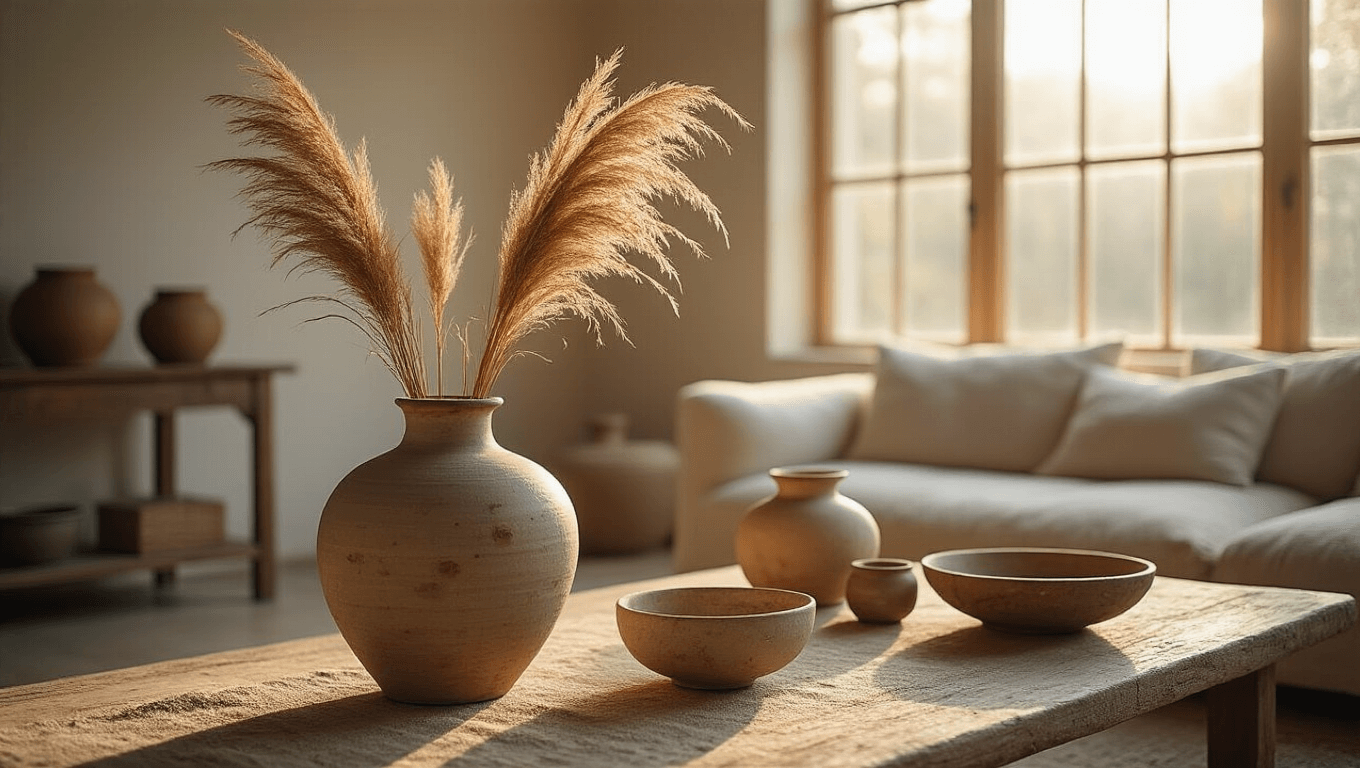
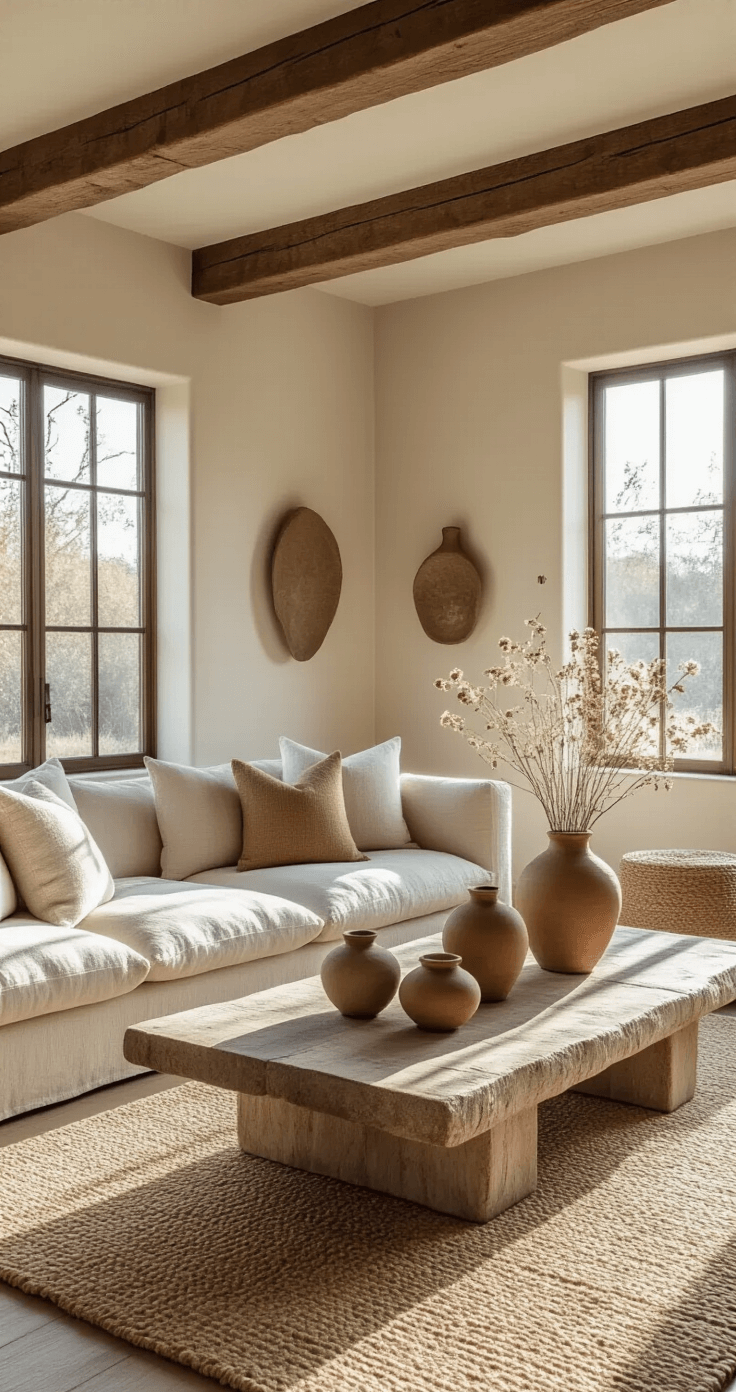
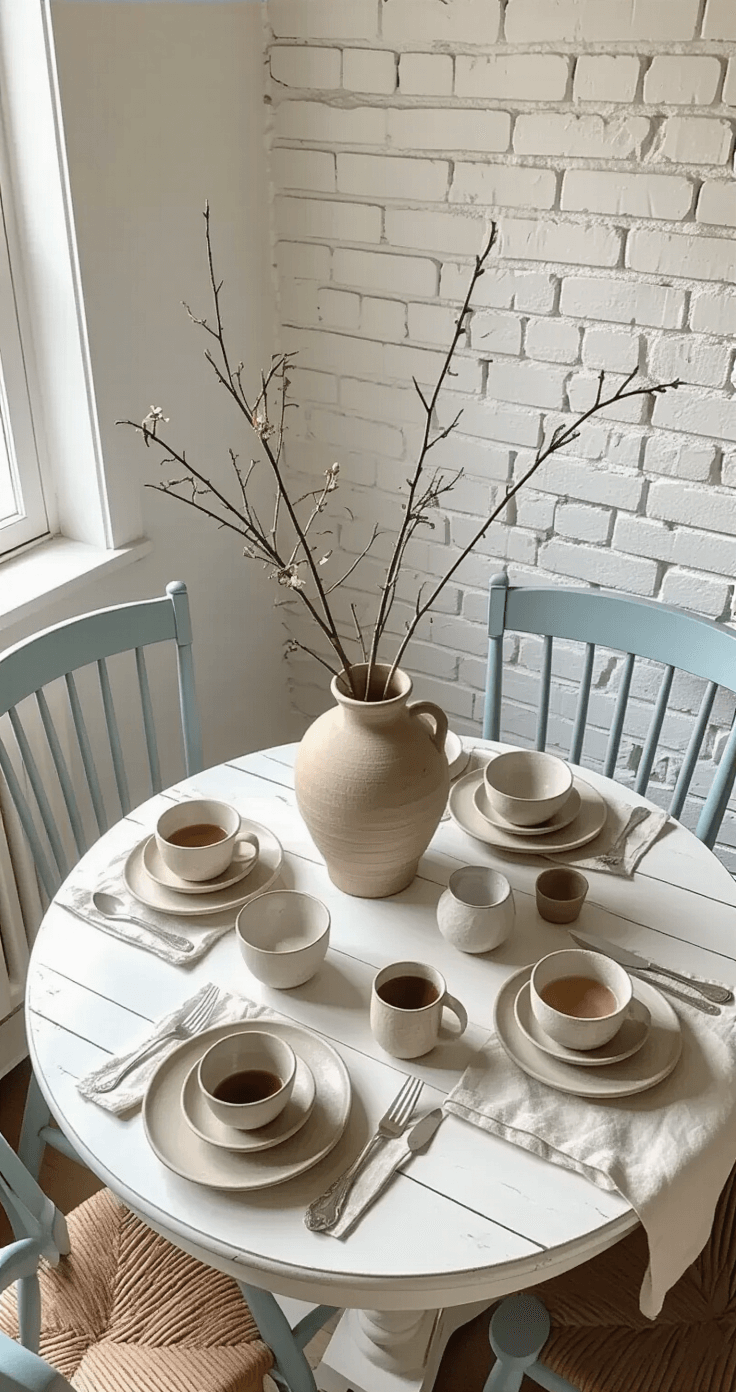
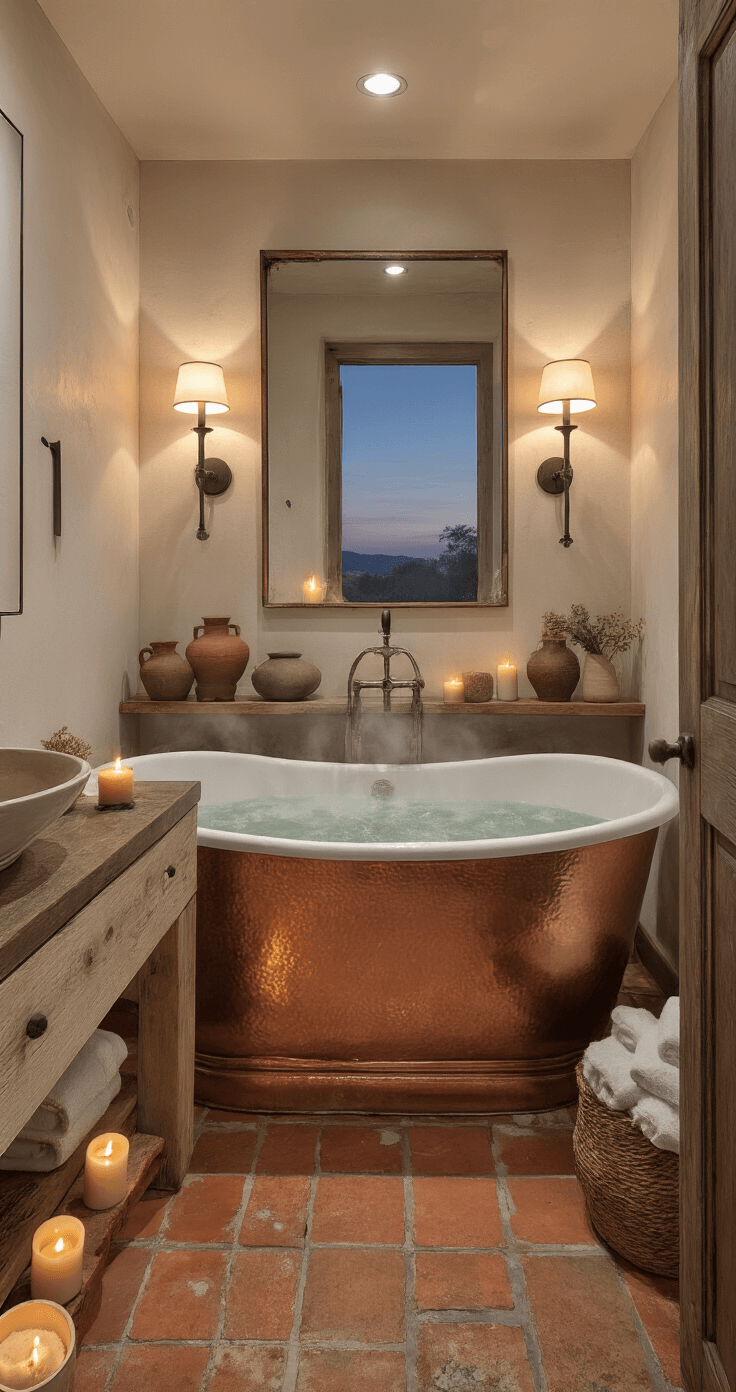
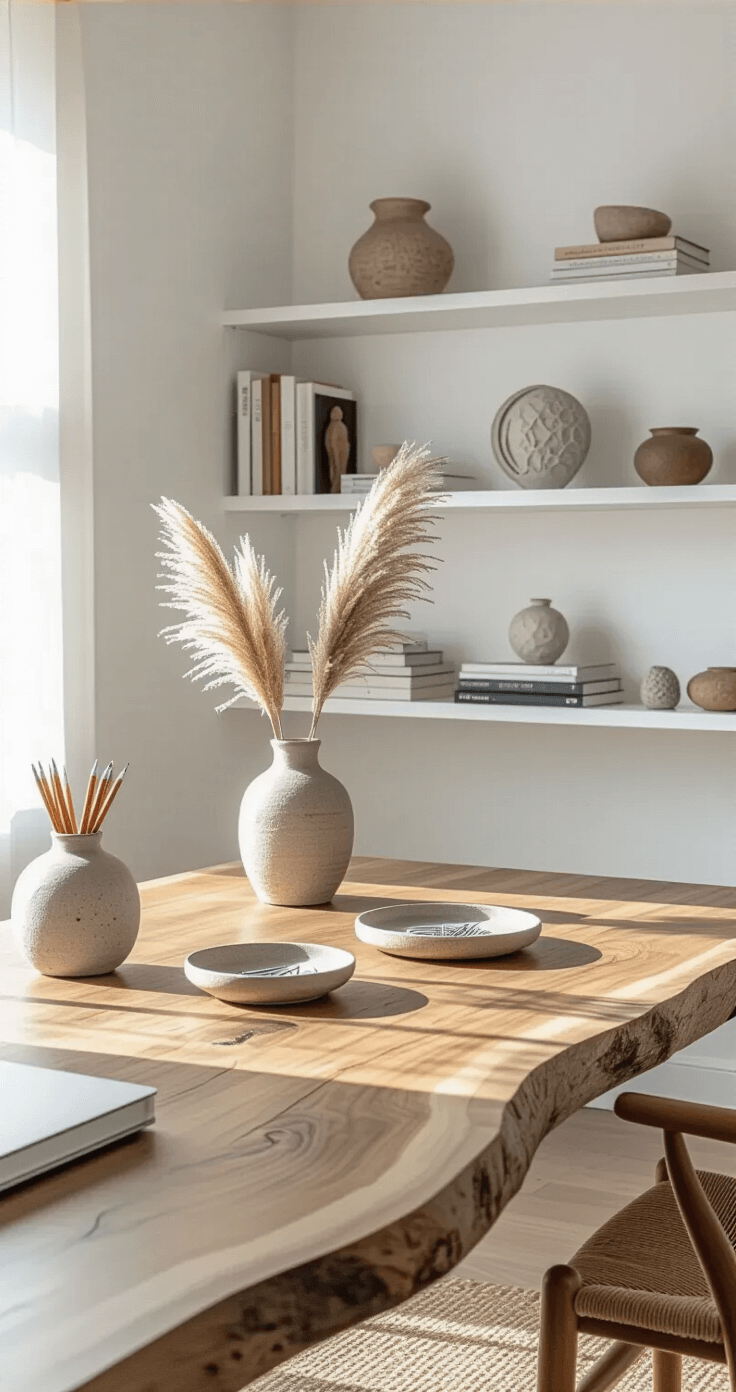

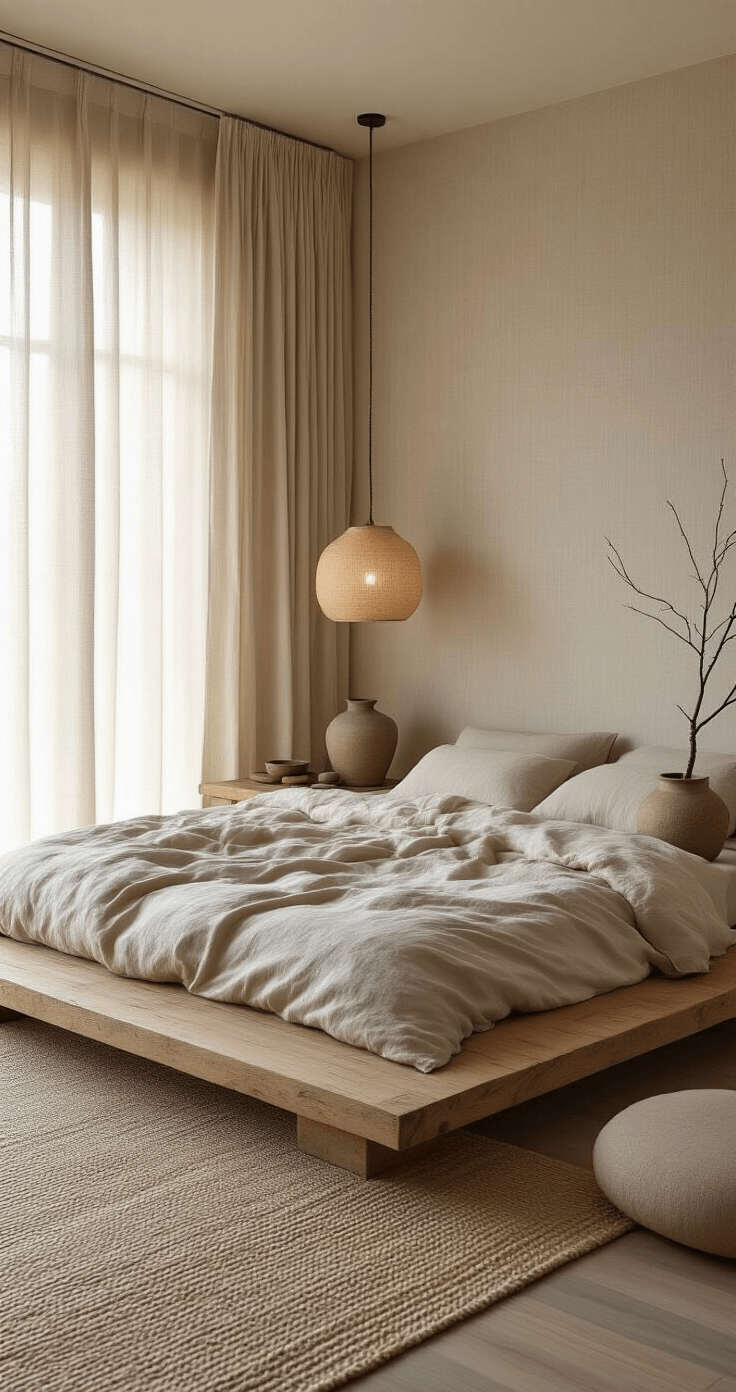






[…] it comes to color, Wabi Sabi keeps things earthy and […]